ART Tokens: What They Are, How They Work, and Where to Find Them
When people talk about ART tokens, digital assets tied to creative projects, cultural movements, or community-driven initiatives on blockchain networks. Also known as art-related crypto tokens, they aren’t just collectibles—they’re often designed to give holders access, rewards, or voting power within a decentralized ecosystem. Unlike Bitcoin or Ethereum, ART tokens usually don’t aim to be money. Instead, they’re built to represent ownership in something else: a digital artwork, a music album, a game item, or even a fan club. Some let you earn passive income just by holding them. Others give you a say in how a project evolves. But not all of them deliver on that promise.
Many ART tokens are built on Ethereum, the most common blockchain for token creation, but others run on Binance Smart Chain, a faster, cheaper alternative that’s popular for meme coins and airdrops. The real difference comes down to tokenomics, how the token is distributed, how much is in circulation, and who controls it. Some projects lock up 80% of the supply for long-term holders. Others dump 90% on exchanges the day they launch. That’s why you’ll see some ART tokens with zero trading volume and others suddenly spike because a big wallet bought up the whole supply.
There’s no single rulebook for ART tokens. One might be part of a generative NFT collection that pays daily rewards, like the TAUR token tied to Marnotaur’s art project. Another could be a meme coin with no utility, like CHARLIE or WLBO, built more for hype than function. Some are backed by real-world art galleries. Others exist only on Discord and Twitter. What they all share is one thing: they rely on trust. If the team disappears, the website goes down, or the smart contract has a flaw, your token could become worthless overnight. That’s why checking the team, the contract audit, and the trading history matters more than the artwork on the token’s website.
You’ll find ART tokens mentioned in posts about airdrops, failed exchanges, and DeFi protocols. Some are legit tools for artists and collectors. Others are scams dressed up as culture. The difference isn’t always obvious. But by understanding how these tokens are built, who controls them, and what they actually offer, you can spot the real ones before you invest. Below, you’ll find real-world examples of ART tokens in action—some working as intended, others collapsing under their own weight. These aren’t guesses. These are cases we’ve tracked, verified, and broken down so you don’t have to.

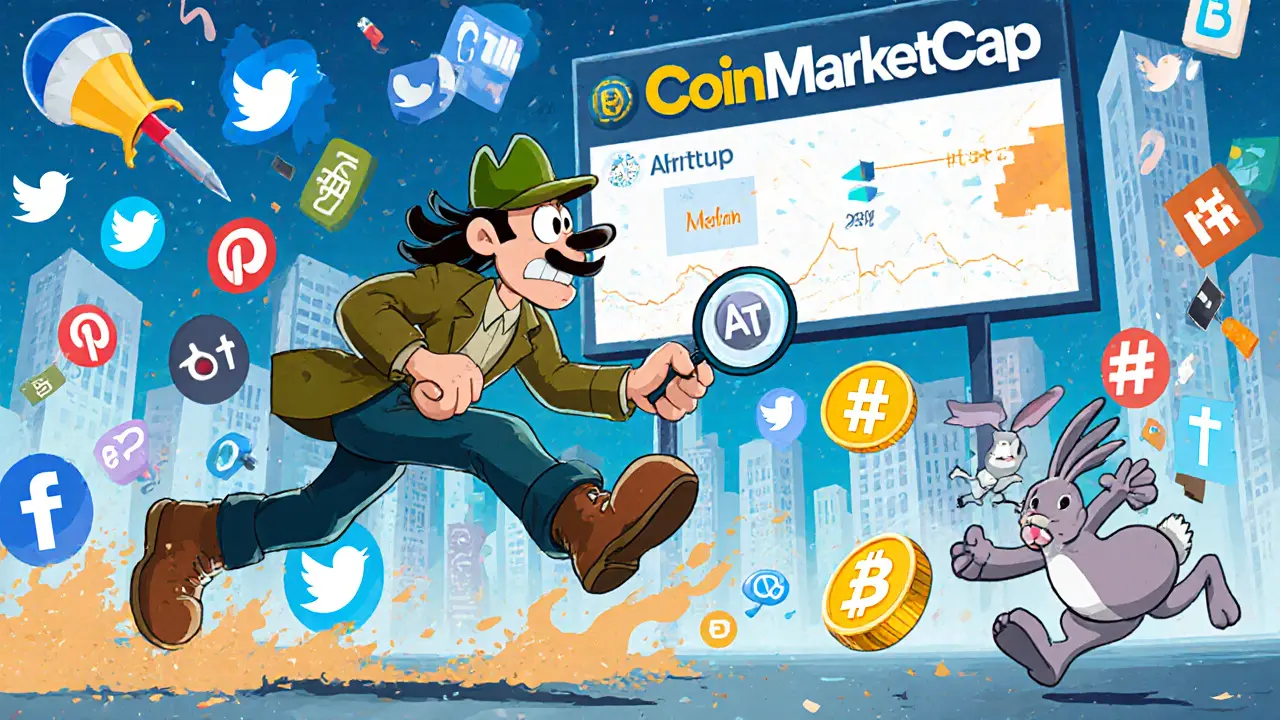
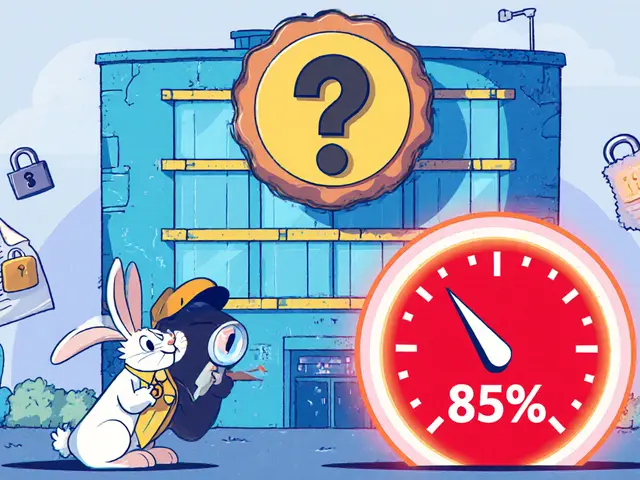
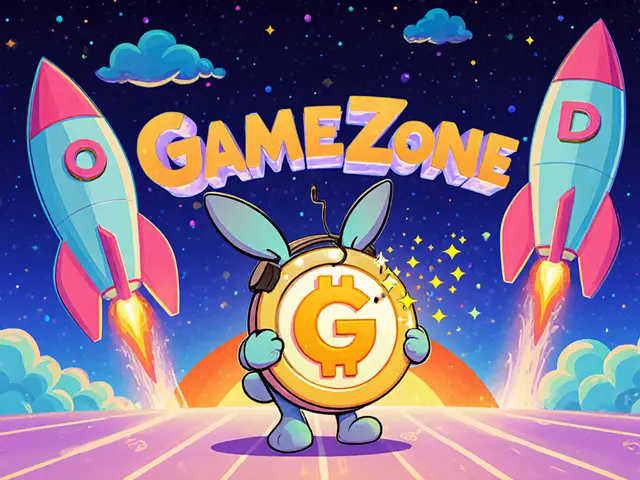
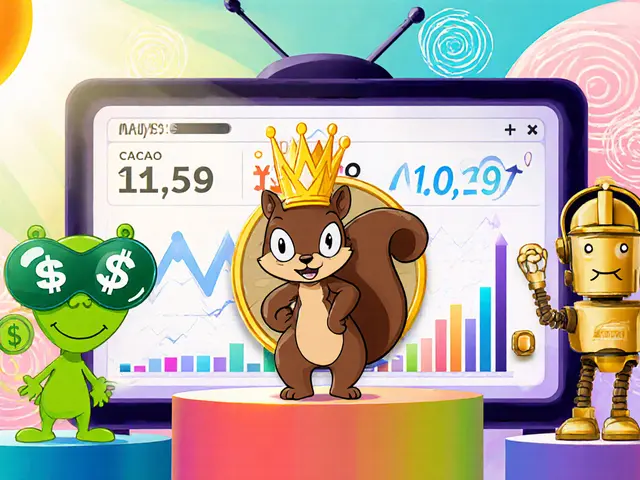
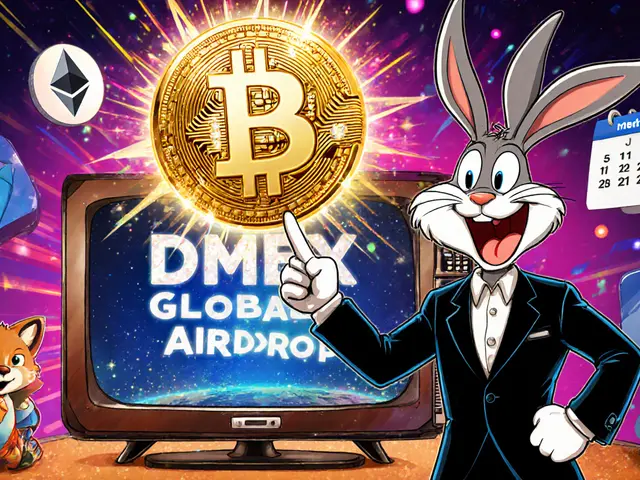
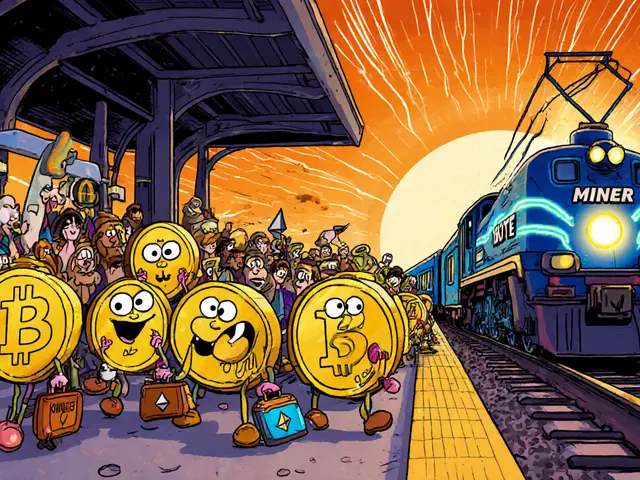
Categories